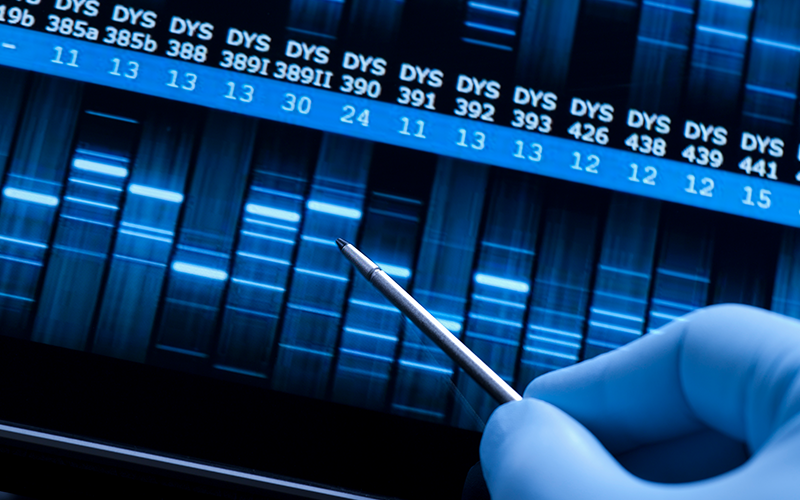Current regulatory frameworks for synthetic biology often struggle to keep pace with the rapid advancements in the field. One significant gap is the lack of international standardisation and coordination. While some countries have stringent regulations, others may have more lenient or outdated policies, creating inconsistencies that can be exploited. Moreover, the existing frameworks, such as the Biological Weapons Convention often lack enforcement mechanisms, making it difficult to ensure compliance across different jurisdictions.
Enforcement issues also arise from the challenge of monitoring and controlling dual-use technologies. Regulators may not have the necessary tools or expertise to effectively oversee the wide range of applications and potential misuses of synthetic biology. The fast-paced nature of scientific innovation means that regulations can quickly become obsolete, requiring continuous updates and revisions.
Despite significant progress, current biosecurity technologies face several limitations. Gene editing tools like CRISPR-Cas9, while powerful, are not foolproof. Off-target effects and unintended genetic changes remain a concern, potentially leading to harmful consequences. Furthermore, built-in safety mechanisms, such as anti-CRISPR proteins, are still in the developmental stages and may not yet be reliable for widespread use.
Another challenge is the detection and monitoring of synthetic organisms. Traditional biosecurity measures, such as physical containment, may not be sufficient for managing the risks associated with advanced synthetic biology. There is also a need for more sophisticated digital biosecurity tools that can track and analyse genetic data to prevent the synthesis of harmful organisms. However, these tools require significant investment and ongoing development to keep up with emerging threats.









